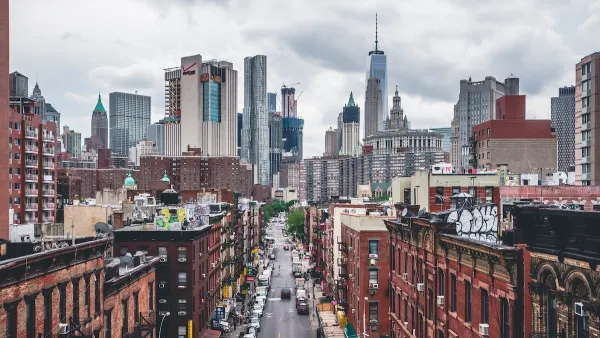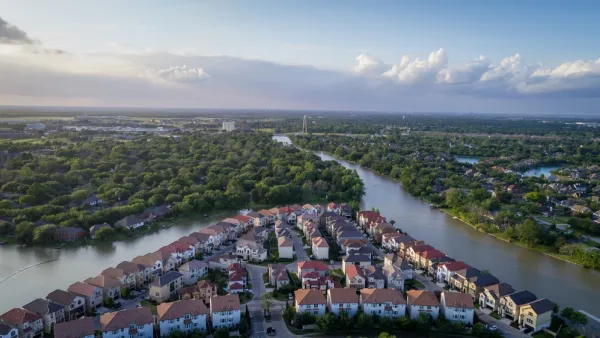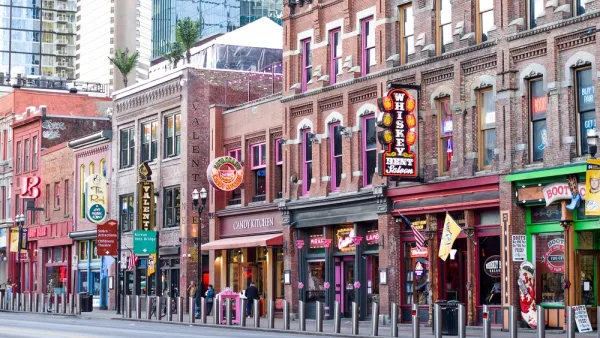The Chinese government wants an influx of nearly 100 million new urban residents by 2020. In order to accommodate a migration of this nature, China's urban planners are tasked with creating cities to be more livable.
It has taken Chinese officials nearly 40 years to reconvene and discuss best practices for developing the country's urban centers. Now, with nearly half of the population living in cities, and an additional 100 million desired, "central government officials pledged to tackle air pollution, traffic gridlock, and lack of civic resources." reports Sarah O'Meara.
The passion that China's urban planners bring to large scale city design is easy to find in theory, implementing these design projects however have come with their fair share of challenges. "The laws in the field make it very hard to innovate. Every city is made by the planning authority, under the existing planning management system, according to existing standards. They all share one law. That’s why they are all the same." says Jinkui Li, a senior researcher as Shenzhen-based think tank China Development Institute.
Experts indicate that planning policy in China needs to change to better assist the professionals in meeting the needs of creating livable communities. Beijing-based urban planner Jasmine Tillu says “At the moment, you have leaders saying ‘Make urban planning more sustainable,’ but the actual on-the-ground policies don’t allow for it."
As for the rise in prominence of new urban centers, experts point to the established "urban villages" on the fringe of China's megacities, Beijing, Shanghai, Guangzhou and Shenzhen. These villages are known to be the most hospitable transitions for many migrants leaving the countryside for a new urban life. Changes are happening and it is exciting urban planners globally. If China's officials are able to step away from a "top-down, large scale" planning model and provide the residents civic engagement opportunities the future is bright.
FULL STORY: Making China's Urban Fringes More Livable

Analysis: Cybertruck Fatality Rate Far Exceeds That of Ford Pinto
The Tesla Cybertruck was recalled seven times last year.

National Parks Layoffs Will Cause Communities to Lose Billions
Thousands of essential park workers were laid off this week, just before the busy spring break season.

Retro-silient?: America’s First “Eco-burb,” The Woodlands Turns 50
A master-planned community north of Houston offers lessons on green infrastructure and resilient design, but falls short of its founder’s lofty affordability and walkability goals.

Test News Post 1
This is a summary

Analysis: Cybertruck Fatality Rate Far Exceeds That of Ford Pinto
The Tesla Cybertruck was recalled seven times last year.

Test News Headline 46
Test for the image on the front page.
Urban Design for Planners 1: Software Tools
This six-course series explores essential urban design concepts using open source software and equips planners with the tools they need to participate fully in the urban design process.
Planning for Universal Design
Learn the tools for implementing Universal Design in planning regulations.
EMC Planning Group, Inc.
Planetizen
Planetizen
Mpact (formerly Rail~Volution)
Great Falls Development Authority, Inc.
HUDs Office of Policy Development and Research
NYU Wagner Graduate School of Public Service




























